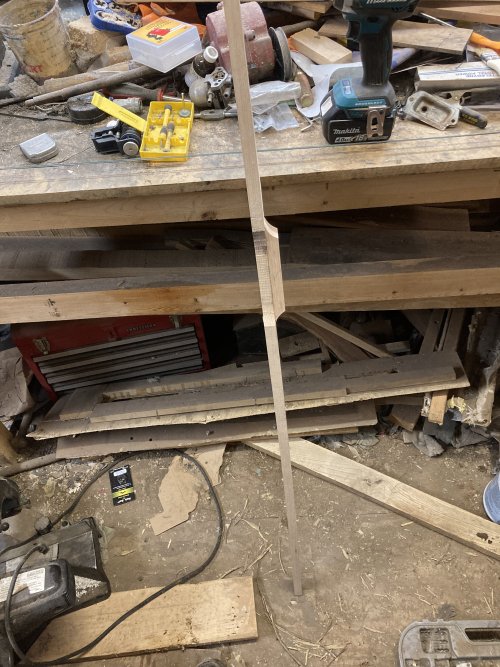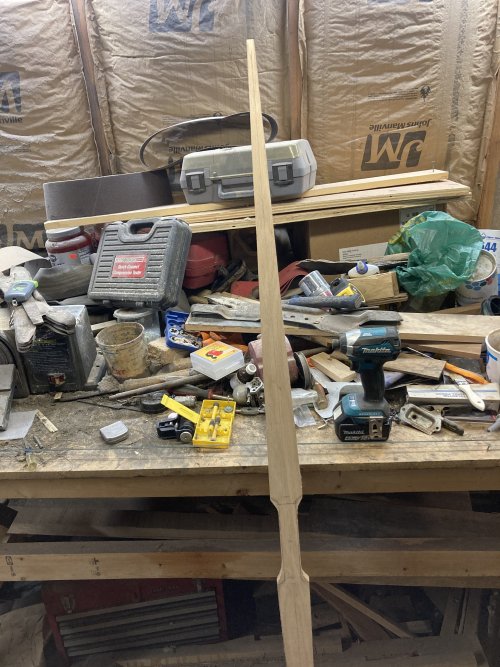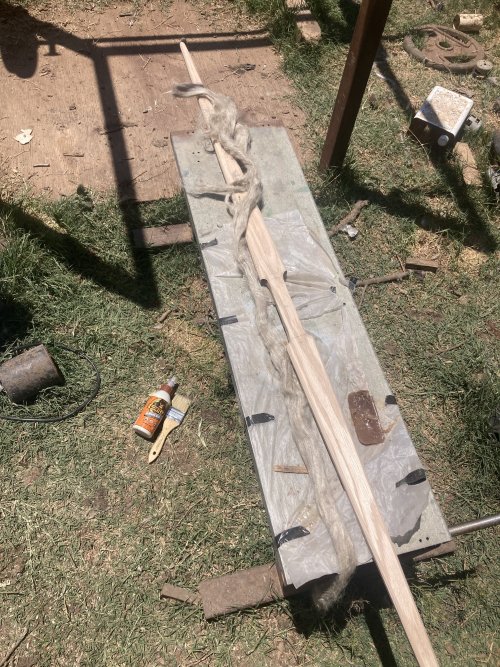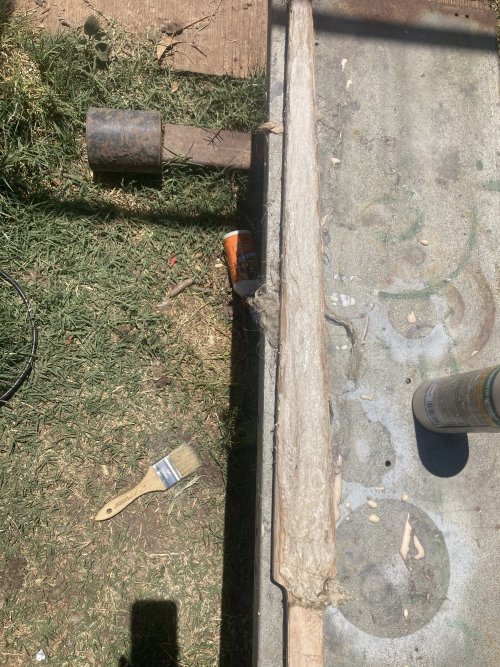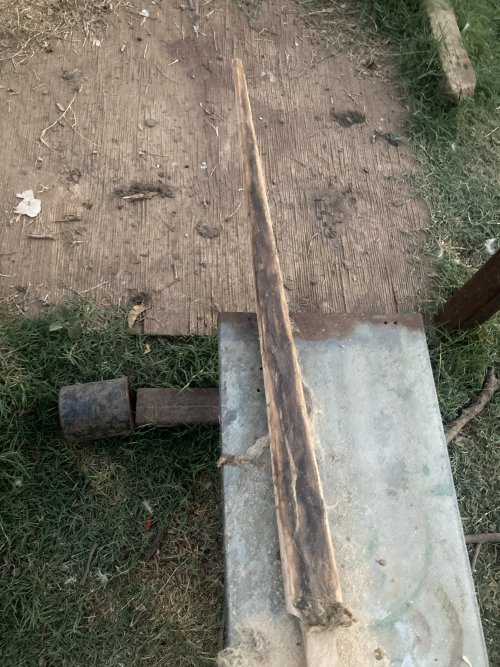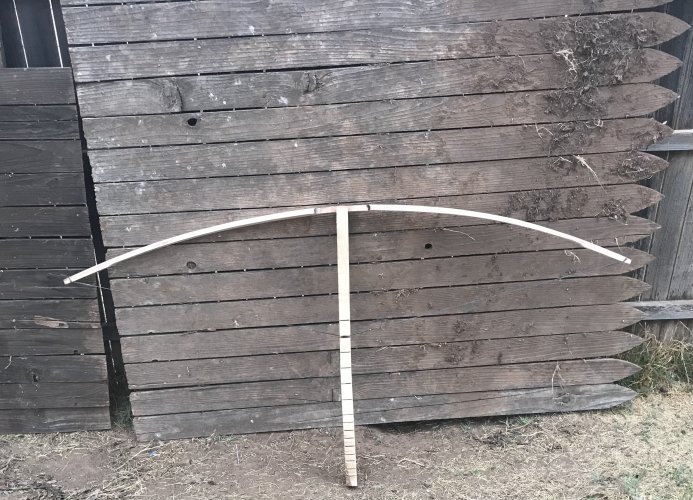ImBillT
Well-known member
- Joined
- Oct 29, 2018
- Messages
- 3,996
I’m going to attempt to shoot a mule deer with a bow this year for the very first time. I have shot bows before. I bought my wife a Hoyt compound for her birthday almost ten years ago, and had zero interest in archery prior to that. I quickly lost interest in compounds. They’re too mechanical. The sights and release are too much like a rifle. I wanted a stick bow. I made four from boards. The first was trash. The second and third were okay. The fourth was decent, but it’s not what I currently want. I longed(and still do) for a good limb or trunk to split some real staves from. Due to buying a home and changing jobs I just didn’t have the time to keep messing around with it and sort of put it on the list of things to do someday. I did, on a whim, about eight years ago carry my compound in the woods one afternoon in an archery only spot and had a few shot opportunities on some deer that weren’t legal, so this won’t technically my very first time to go hunting with a bow in my hand.
Why now? The main thing that has kept me from moving it from the “someday” list to the “this season” list has been the fact that attempting bow hunting would come with a fairly high cost in terms of bringing meat home. I like bringing meat home. In my home state, there were no archery only seasons on property that I could hunt that didn’t involve at least a 3hr drive, and until mid Oct, I’m essentially unable to take week days off work, and often work Saturdays as well(that’s also why my pronghorn applications are so limited. I only apply close to home for hunts that include the weekend). Our any weapon season was very short, and the three places that I hunt deer all get substantial pressure from other hunters(who even hunt from a moving vehicle on the piece of private that I can hunt), so taking a bow would be a big impediment to my success rate. As for hunting out of state, I haven’t really wanted to spend a ton of money on tags and fuel, and burn my limited time away from home, to almost certainly come back empty handed because I just don’t know anything at all about archery hunting Some people are willing to do so, and good on them, but I wanted to get some experience archery hunting before I burned my out of state time and budget on an archery hunt. THIS YEAR, my state game agency has added a month long archery season for my county! Essentially, I can hunt that entire season, and if I’m unsuccessful, I’ve lost nothing other than the time I spent gaining valuable experience as I can still hunt the any weapon season if I haven’t punched my tag! As a result, this is the year I’ll be diving headfirst into archery hunting!
Why now? The main thing that has kept me from moving it from the “someday” list to the “this season” list has been the fact that attempting bow hunting would come with a fairly high cost in terms of bringing meat home. I like bringing meat home. In my home state, there were no archery only seasons on property that I could hunt that didn’t involve at least a 3hr drive, and until mid Oct, I’m essentially unable to take week days off work, and often work Saturdays as well(that’s also why my pronghorn applications are so limited. I only apply close to home for hunts that include the weekend). Our any weapon season was very short, and the three places that I hunt deer all get substantial pressure from other hunters(who even hunt from a moving vehicle on the piece of private that I can hunt), so taking a bow would be a big impediment to my success rate. As for hunting out of state, I haven’t really wanted to spend a ton of money on tags and fuel, and burn my limited time away from home, to almost certainly come back empty handed because I just don’t know anything at all about archery hunting Some people are willing to do so, and good on them, but I wanted to get some experience archery hunting before I burned my out of state time and budget on an archery hunt. THIS YEAR, my state game agency has added a month long archery season for my county! Essentially, I can hunt that entire season, and if I’m unsuccessful, I’ve lost nothing other than the time I spent gaining valuable experience as I can still hunt the any weapon season if I haven’t punched my tag! As a result, this is the year I’ll be diving headfirst into archery hunting!
Last edited:




